
A beautiful vintage chair reupholstered in a fresh and modern fabric can be the statement piece that transforms an interior. All the better when the chair has been handed down through generations. But is restoring furniture really worth the expense and how do you choose an upholsterer?
I spoke to Dawn Crabtree of Nicely Wrapped Upholstery, a London-based upholsterer and member of AMUSF (the Association of Master Upholsterers and Soft Furnishers). She demystifies the various aspects of the upholstery process, including fee structure, fabric options, potential pitfalls and what to consider before hiring a professional.

Prices for upholstery jobs seem to vary a lot. Why do you think this is?
Upholstery is a specialist craft. Traditionally an upholsterer takes a seven-year apprenticeship. Every chair is different and has to be upholstered differently. So, every chair has to be priced individually.
As with any specialist craft, prices will massively vary depending on the quality, aesthetics, craftsmanship and provenance of the piece. Let’s say you wanted to buy a picture to have in your home. You could buy a poster from Ikea or Paperchase for under £30 that fills the blank space on the wall and meets your taste. You can throw it out after a few years without much attachment.
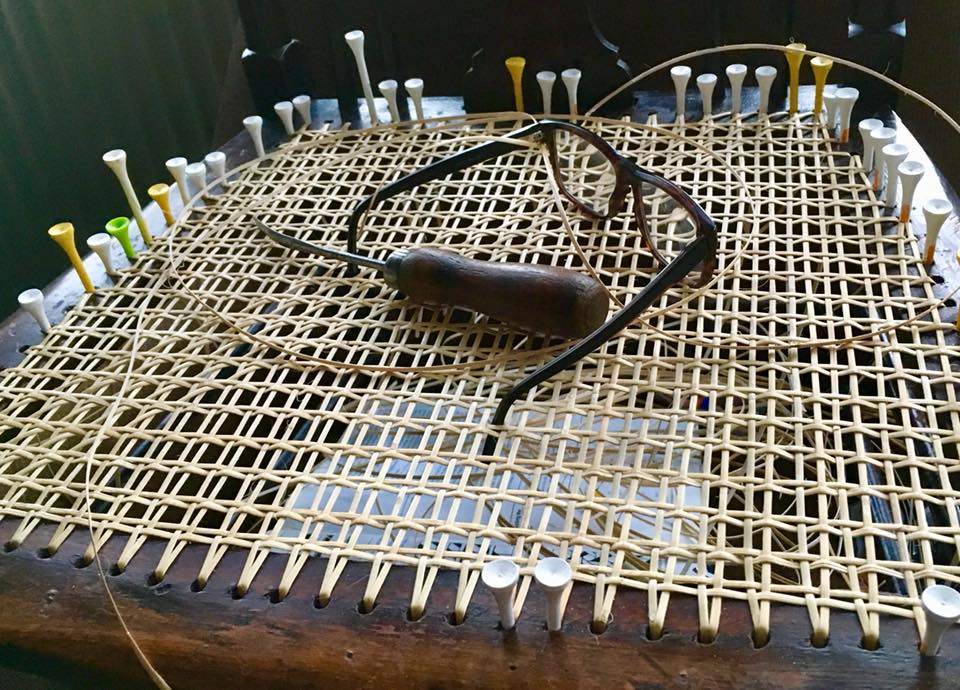
Or, you could buy an original painting, drawing or print that you own for life, preserve, pass on to your kids and they pass it on to theirs. When they hang it on their walls they will remember its origin. Yes, you will have to pay a little more, but that picture will have more meaning, purpose and history. That’s what you’re paying for. It’s an investment.

How do you pick the right person for the job?
When choosing an upholsterer look at your brief. Is this a meaningless thing I want cheaply upholstered or is it something of emotional value that I’d like to cherish and preserve?
All estimates or quotes should be made up of three main parts – upholstery fabric, materials and labour. Don’t forget delivery and VAT. Always get three competitive estimates.
The AMUSF (Association of Master Upholsterers and Soft Furnishers) is the governing organisation that sets the standards for upholsterers in the UK. It’s always worth working with companies that are members of this organisation to guarantee a high quality of workmanship.
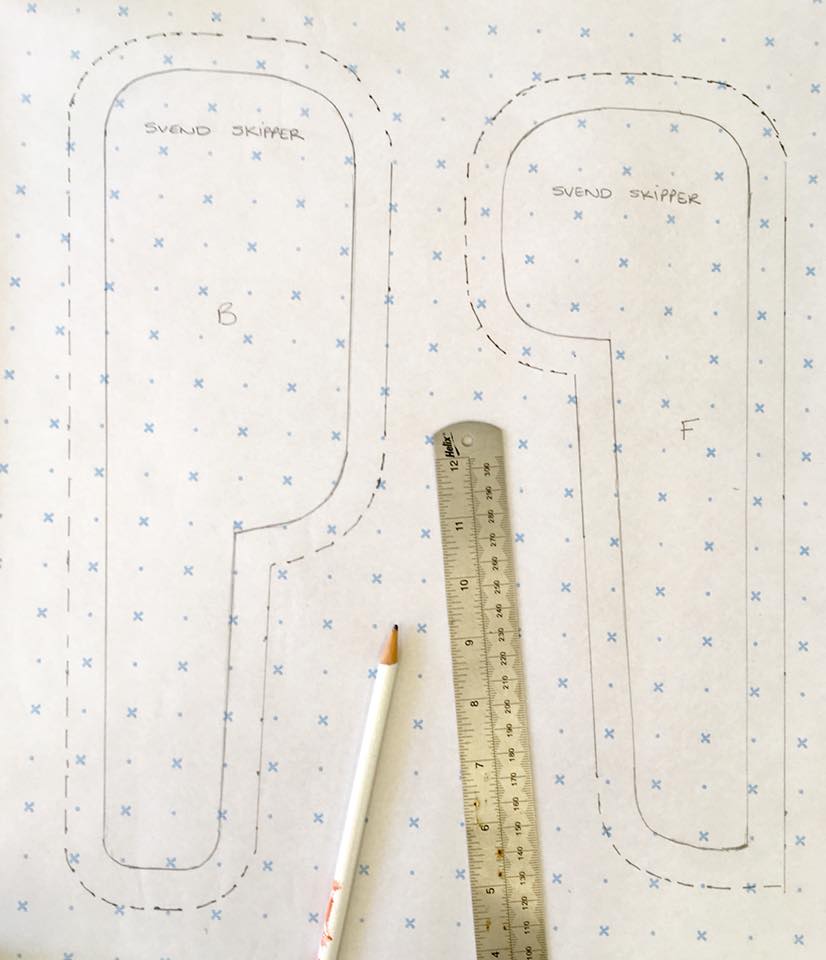
What kind of upholstery work is the most difficult and expensive to do?
Put simply, there are two types of upholstery. Traditional upholstery is for pieces that are usually pre-war, Victorian and older. Here, the upholsterer will create the shapes with coil springs sewn into a base. Animal or vegetable hair is then used to ‘stuff and stitch’ the shapes.
This is a very skilled and time-consuming technique and therefore expensive. Often these pieces have ‘show-wood’ that also requires treatment and renovation. This could be woodworm treatment, French polish, oiling, waxing, new casters etc.

Modern upholstery tends to be post-war, after the invention and development of polymers, which were used to create the foam we often see inside mid-century chairs. The shapes are usually created using the foam.
This is a very flammable foam however, which gives off poisonous gases when set alight. Today, the foam is banned in furniture because of the British Standards laws laid out by FIRA (Furniture Industry Research Association). Upholsterers cannot leave anything in post-1950s chairs that does not comply with these domestic fire regulations. By law, it all has to be replaced.
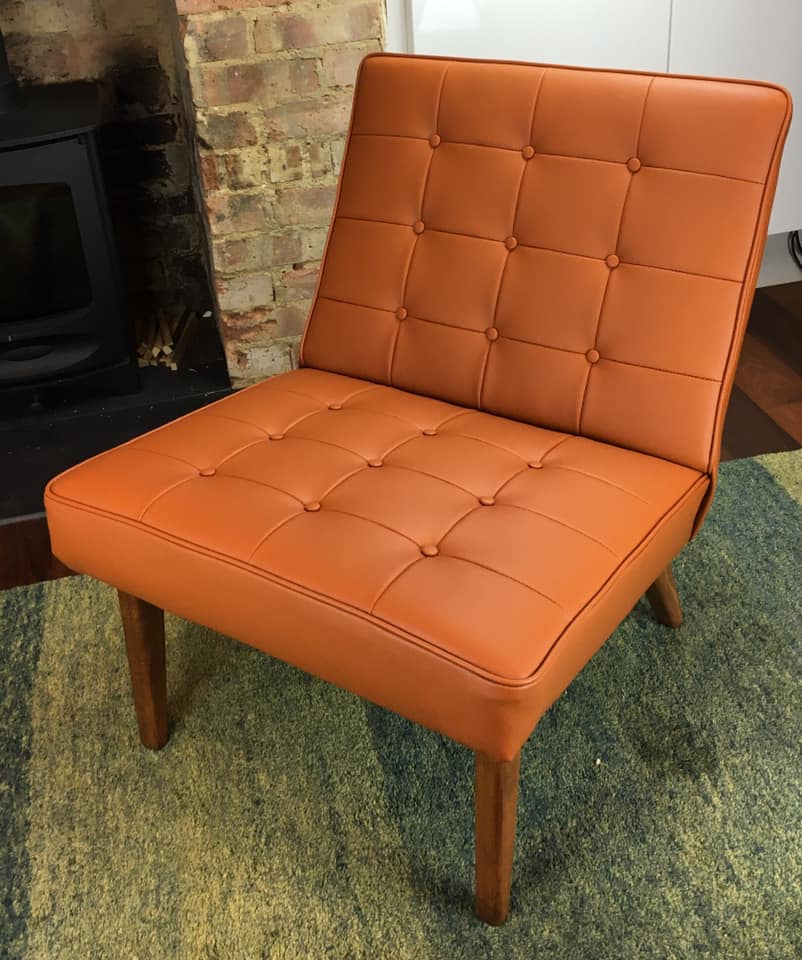
What indicates a good or bad upholstery job?
The role of the upholsterer is not just to recover a piece of furniture, but to honour and respect the vision of the original furniture designer. They should be able to make it relevant to the era it’s now living in, without changing it too much.
If your upholsterer is suggesting ways to cut corners and save some money then you will be compromising on quality, or worse. If an upholsterer is prepared to leave highly flammable poisonous foam in a chair, walk away – it’s a criminal offence.
Always ask to see photographs of previous work they have completed – a before and after photo is a great place to start. Again, look for a member of the AMUSF.

Is it possible to salvage all items of furniture?
Sadly not. We have so many enquiries regarding modern furniture from recent decades, but it is seldom worthwhile reupholstering these items that have been made to a low standard. They are not designed to last and sadly they are heading for landfill. You can’t make a silk purse from a sow’s ear! Unfortunately we also sometimes see antique and vintage chairs wrecked by DIY upholstery.
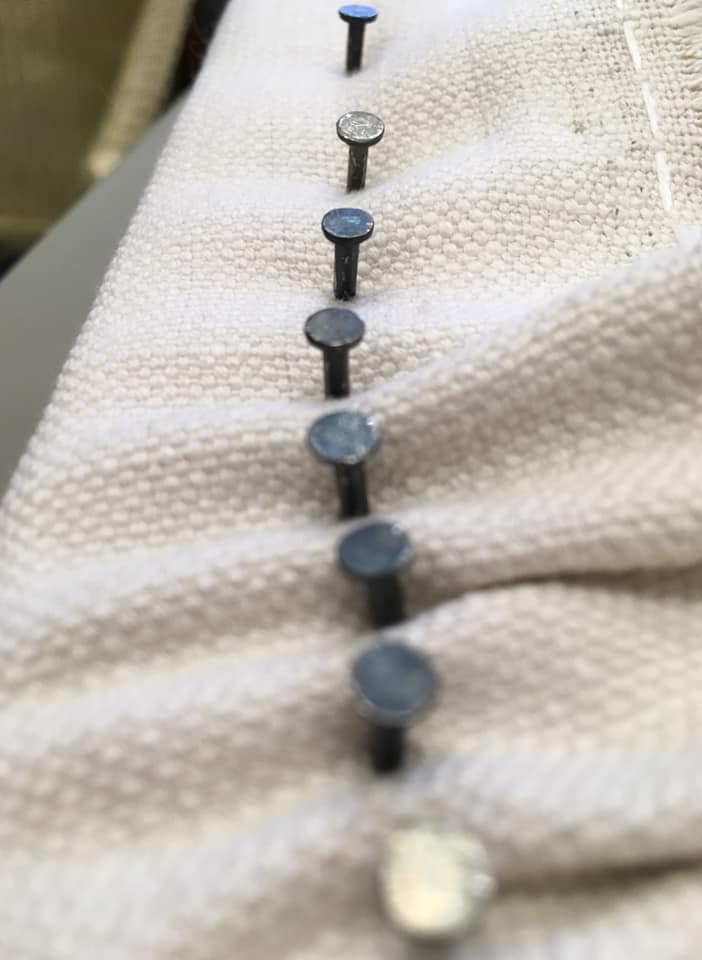
What are the key things to bear in mind when choosing upholstery fabric?
Always take advice from your upholsterer on the most suitable fabric for your chair before purchasing. Part of the skill of an upholsterer is being able to craft shapes from a wooden frame and a flat piece of fabric, so the fabric has to be suitable for the shapes we are creating. A stiff polyester textile will never bend successfully around an Egg chair.
The Martindale rating will tell you how much wear the fabric can take. There’s no point in choosing a delicate Mohair velvet if you think your kids will jump all over it and the cat will claw it to bits!
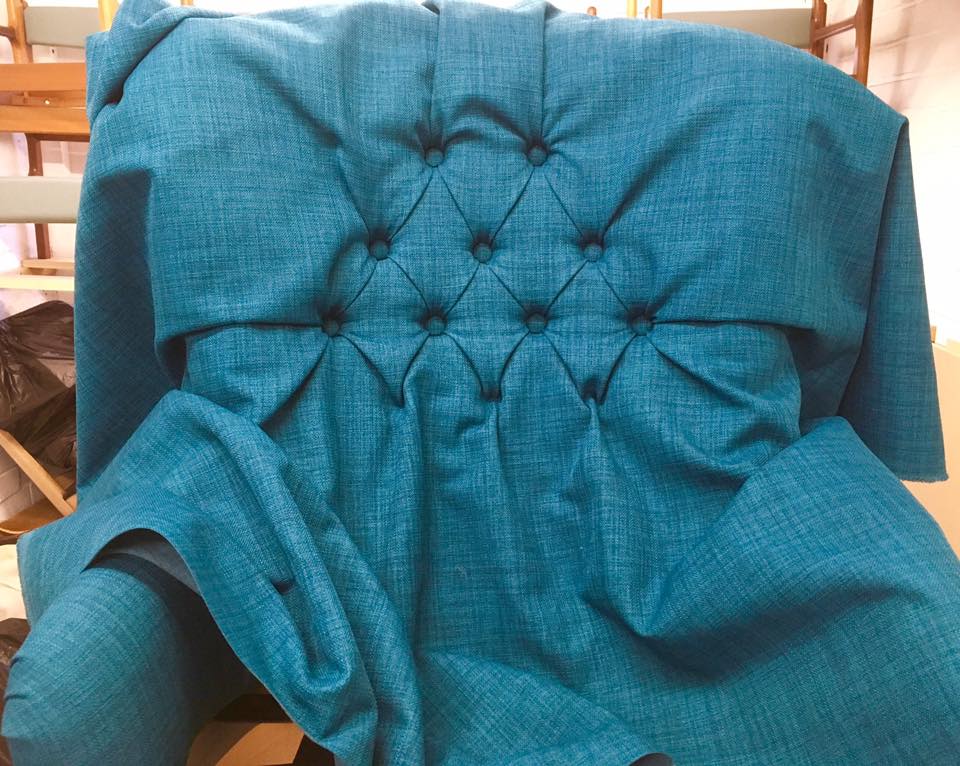
There are some very fashionable large patterned fabrics, but consider whether they will actually fit on your chair. You may also require extra metres of fabric to pattern match.
Fabric also has to adhere to those boring old Fire Regulations, so may require flame retardancy treatment. Any decent upholsterer will have lots of knowledge of fabrics and can introduce you to companies that the public can’t usually buy from.
Choose a fabric that can live sympathetically with the designer’s original vision for the piece. There are thousands of chairs, but what is the spirit and personality of this one?
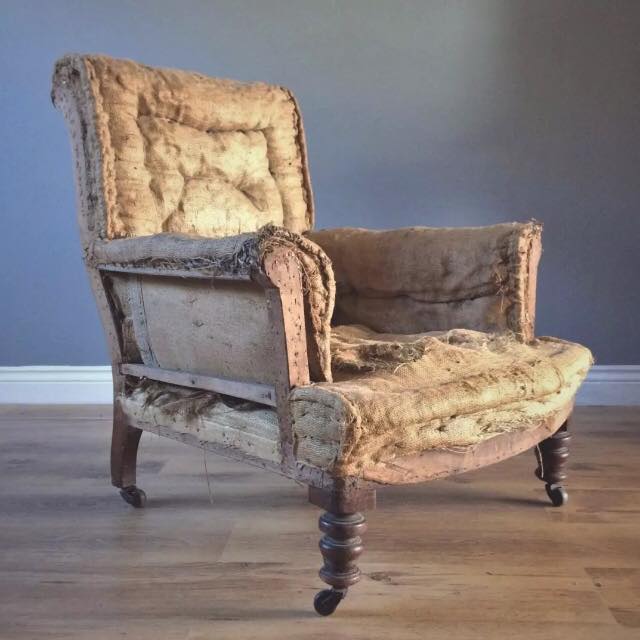
What would you say to someone who is deciding whether to get something upholstered or replace it with something new?
The cost of reupholstery seems expensive to us today because certain high street stores have devalued furniture. They have made it a cheap disposable fashion item so that they can sell us more furniture, more frequently.
Companies making fast furniture also take advantage of countries with evolving economies, where the workforce is paid a low wage. The fabrics they use are woven especially for these companies and they weave thousands of miles of fabric which drives down the prices significantly.

Years ago, when I upholstered my very first sprung dining chair my teacher said, “your chair is over 100 years old and now that you’ve reupholstered it, it will last another 100 years”. I remember these words every day. Every chair I renovate and reupholster has a story and I add to that story as it passes through. It’s another chair saved.
All images by Nicely Wrapped Upholstery, header image Limerence velvet fabric in Ink by House of Hackney.
See also our article on 25 places to shop for vintage homeware in London and 10 of the best paint colours for furniture upcycling




